Introduction
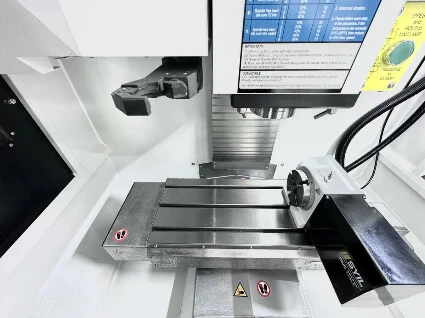
In the ever-evolving landscape of manufacturing, high speed milling has emerged as a game-changer, offering unparalleled efficiency and precision. But what is high speed milling? Essentially, it refers to a machining process that utilizes higher spindle speeds and feed rates than traditional milling methods. This enables manufacturers to achieve faster production times while maintaining superior surface finishes.
Understanding High Speed Machining
High speed machining (HSM) encompasses techniques that allow for the rapid removal of material from a workpiece. It’s essential to distinguish between HSM and high-efficiency machining (HEM), as both serve unique purposes in the manufacturing sector. While HSM focuses on achieving high speeds, HEM emphasizes optimizing cutting parameters for maximum efficiency—both are integral to modern machining practices.
Key Benefits of High Speed Milling
The benefits of high speed milling are manifold, including reduced cycle times and improved tool life due to lower cutting forces. Additionally, this process often results in better surface quality, which is crucial for industries requiring tight tolerances and aesthetics. Furthermore, by leveraging advanced technologies like computer numerical control (CNC), manufacturers can streamline operations and enhance overall productivity.
The Role of SYIL CNC Machines
When discussing high speed machining speeds and feeds, SYIL CNC machines stand out for their ability to deliver exceptional performance in demanding environments. These machines are designed specifically for high speed milling processes, providing flexibility and reliability that manufacturers crave. With features tailored to optimize HSS in milling applications, SYIL CNC machines play a pivotal role in driving innovation within the industry.
The Basics of High Speed Machining
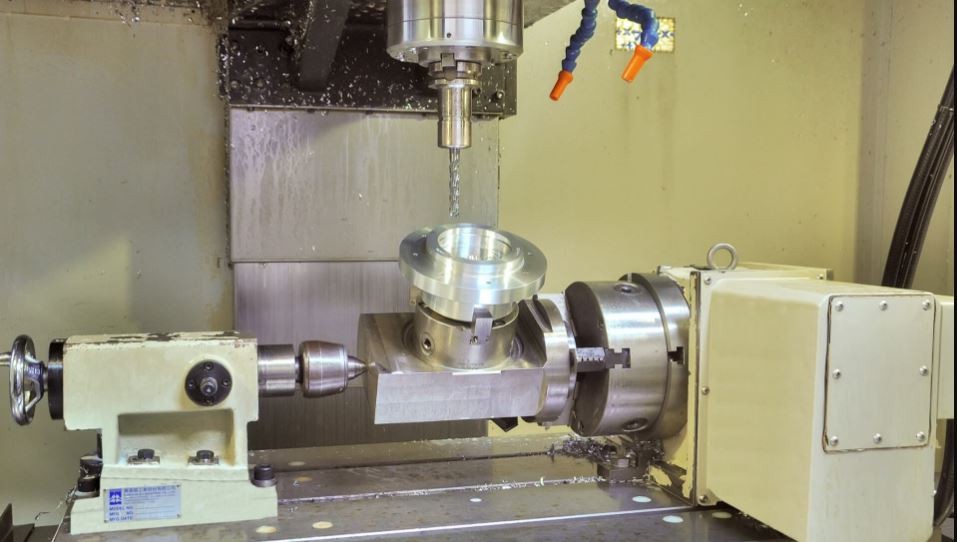
High speed machining, particularly high speed milling, has revolutionized the manufacturing landscape by significantly enhancing productivity and precision. But what is high speed milling? Essentially, it involves the use of specialized tools and techniques that allow for faster cutting speeds and feeds compared to traditional milling methods. This results in improved surface finishes and reduced machining times, making it a go-to choice for many industries.
What Is High Speed Milling?
High speed milling is a machining process that utilizes advanced technology to achieve higher spindle speeds, typically exceeding 10,000 RPM. By increasing the cutting speed and optimizing the feed rates, manufacturers can reduce cycle times while maintaining exceptional accuracy in their workpieces. This approach not only enhances efficiency but also minimizes tool wear and extends tool life—a win-win for any production environment.
The Difference Between HEM and HSM
When discussing high speed machining, it’s crucial to differentiate between High Efficiency Milling (HEM) and High Speed Milling (HSM). While both techniques aim to improve productivity, HEM focuses on maximizing material removal rates at lower spindle speeds by employing larger depths of cut and higher feed rates. In contrast, HSM emphasizes high spindle speeds with lighter cuts for finer finishes—making both methods suitable depending on specific project requirements.
Overview of HSS in Milling
High-Speed Steel (HSS) plays an essential role in the world of high speed milling due to its superior hardness and resistance to wear at elevated temperatures. What is HSS in milling? It refers to a type of tool steel specifically designed for high performance applications where heat generation can be significant during cutting processes. Utilizing HSS tools allows manufacturers to achieve better results when engaging in high-speed machining operations while ensuring longevity and reliability.
High Speed Machining in Practice

High speed machining is not just a trend; it's a game changer for manufacturers looking to improve efficiency and precision. By understanding the intricacies of high speed milling, including speeds and feeds, essential equipment, and the role of SYIL CNC machines, businesses can optimize their production processes. Let’s dive deeper into how these components work together to enhance high speed machining.
High Speed Machining Speeds and Feeds
When discussing high speed milling, one cannot overlook the importance of speeds and feeds. Essentially, speeds refer to the rotational velocity of the cutting tool, while feeds denote how quickly the tool advances through the material. The right combination of these parameters is crucial; too fast can lead to tool wear or breakage, while too slow can hinder productivity—finding that sweet spot is key in high speed machining.
What is high speed milling without its specific speeds and feeds? Typically, higher RPMs (revolutions per minute) are employed compared to traditional methods, allowing for quicker material removal rates without sacrificing quality. Understanding what is HSS in milling (high-speed steel) also plays a role here; using HSS tools can significantly enhance performance at elevated speeds.
In practice, optimizing your high speed machining speeds and feeds requires careful consideration of various factors such as material type and thickness. For example, aluminum may require different settings than titanium due to its unique properties. By mastering these elements, manufacturers can fully leverage the benefits of high speed milling.
Essential Equipment for High Speed Machining
To truly excel in high speed machining processes, certain equipment becomes indispensable. First on the list are advanced CNC machines like those from SYIL that are specifically designed for precision at higher speeds—think about it as upgrading from a bicycle to a sports car! These machines typically feature robust spindles capable of maintaining higher RPMs while ensuring stability during operation.
What are the three types of milling relevant here? They include face milling, peripheral milling, and end milling—all requiring specific tooling setups that must be compatible with your chosen machine's capabilities. Moreover, utilizing specialized tooling made from materials like carbide or ceramic enhances durability during those intense cutting operations typical in high speed machining.
Additionally, other essential equipment includes advanced coolant systems that help manage heat generated during cutting operations—this is vital since excess heat can adversely affect both tool life and part quality in your high-speed milling process. Investing in this kind of technology not only improves efficiency but also extends the lifespan of your machinery.
How SYIL CNC Machines Enhance Efficiency
One cannot underestimate how SYIL CNC machines revolutionize efficiency within high speed machining environments. These machines incorporate state-of-the-art technology designed specifically for tasks requiring rapid movement without compromising accuracy—a crucial factor when you consider what is the difference between HEM (High Efficiency Milling) and HSM (High Speed Milling). While both aim for productivity gains, HEM focuses more on maximizing material removal rates rather than sheer cutting speeds alone.
The integration of sophisticated software solutions allows operators to program complex geometries swiftly—reducing setup time significantly compared to older models or manual methods often associated with traditional approaches like Haas systems used previously in some facilities. This leap forward means less downtime waiting for setups or adjustments during production runs.
Moreover, SYIL's commitment to user-friendly interfaces means operators spend less time fumbling around with controls and more time producing quality parts efficiently—a win-win situation! With features tailored specifically for optimizing parameters related to high-speed machining speeds and feeds automatically adjusting based on real-time conditions ensures peak performance throughout each cycle.
Types of Milling Processes
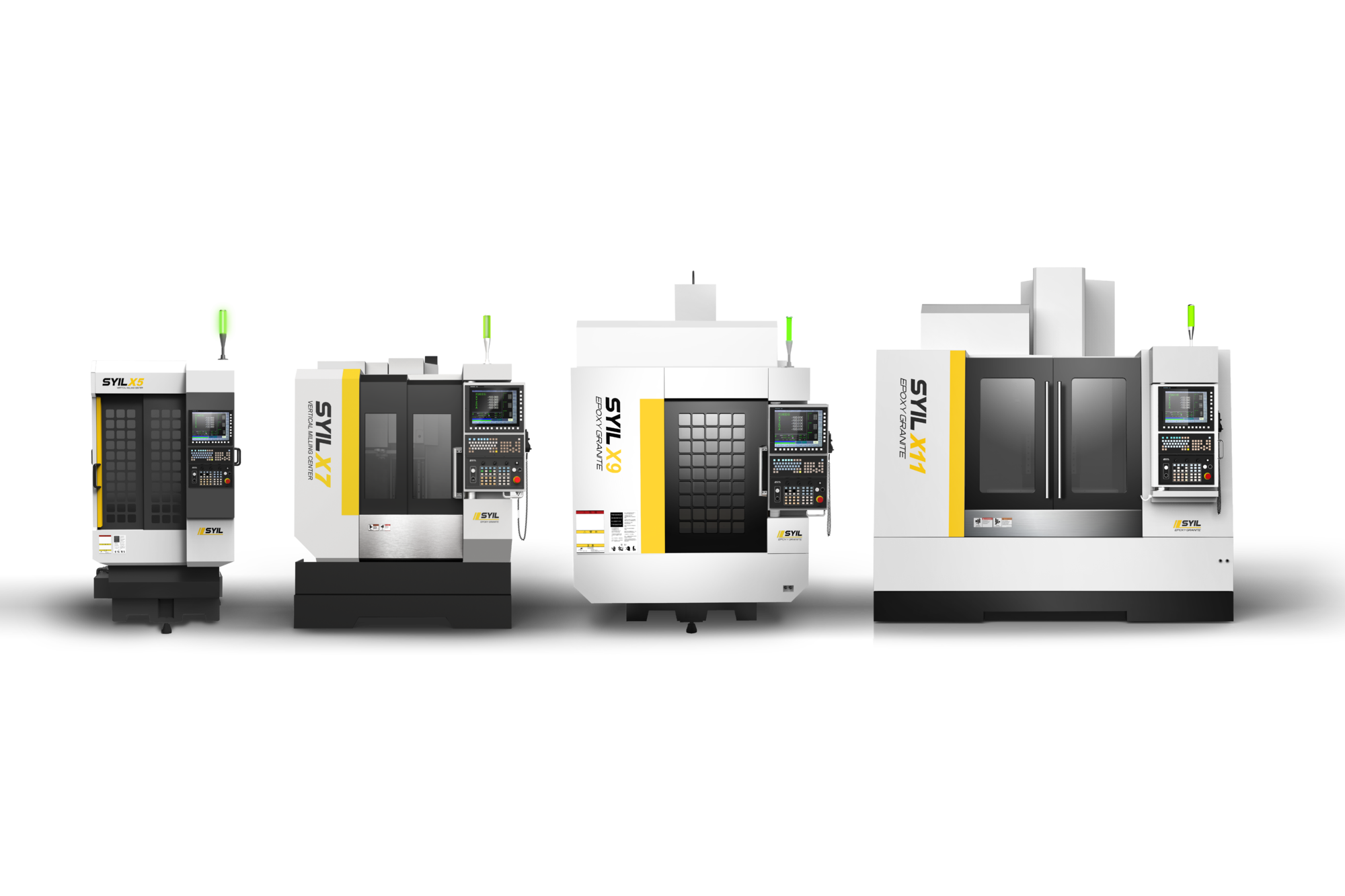
When it comes to milling, understanding the various processes is crucial for optimizing production and achieving desired results. The high speed milling process stands out due to its efficiency and precision, but it's essential to know what other types of milling exist. By exploring these different methods, manufacturers can select the best approach for their specific needs.
What Are the Three Types of Milling?
Milling processes can generally be categorized into three main types: face milling, peripheral milling, and end milling. Face milling involves cutting flat surfaces and is often used for creating a smooth finish on workpieces. Peripheral milling, on the other hand, focuses on cutting along the edges or contours of a part, while end milling allows for more intricate shapes by using a rotating cutter at the end of a tool.
Each type has its unique applications in high speed machining environments. Understanding what is high speed milling helps differentiate these methods from conventional techniques that may not offer the same level of efficiency or precision. In high speed machining speeds and feeds are crucial factors that influence productivity across all three types of milling.
Comparing Conventional and High Speed Milling
The differences between conventional and high speed milling are significant enough to impact manufacturing outcomes dramatically. Conventional milling typically operates at slower speeds with larger cutting tools, resulting in longer cycle times and potentially lower accuracy levels. In contrast, high speed machining utilizes faster spindle speeds and optimized feeds to achieve superior surface finishes while reducing wear on tools.
What is HSS in milling? High-speed steel (HSS) cutters are often employed in both conventional and high speed setups but shine particularly bright in high speed applications due to their ability to withstand higher temperatures without losing hardness. This makes them ideal for operations where precision is key—especially when using advanced CNC machines like those offered by SYIL.
Selecting the Right Milling Technique
Choosing the right milling technique involves considering several factors including material type, desired finish quality, and production volume requirements. For instance, if you’re dealing with softer materials that require quick removal rates, opting for a high speed milling process might be your best bet due to its rapid feed capabilities and shorter cycle times.
Conversely, if you're working with harder materials or require intricate details that demand slower approaches for accuracy—conventional methods may still hold value despite their limitations compared to HSM (high-speed machining). Ultimately, understanding what are the three types of milling will empower operators to make informed decisions tailored specifically towards project needs while leveraging innovations like those found in SYIL CNC machines.
Applications of High Speed Machining
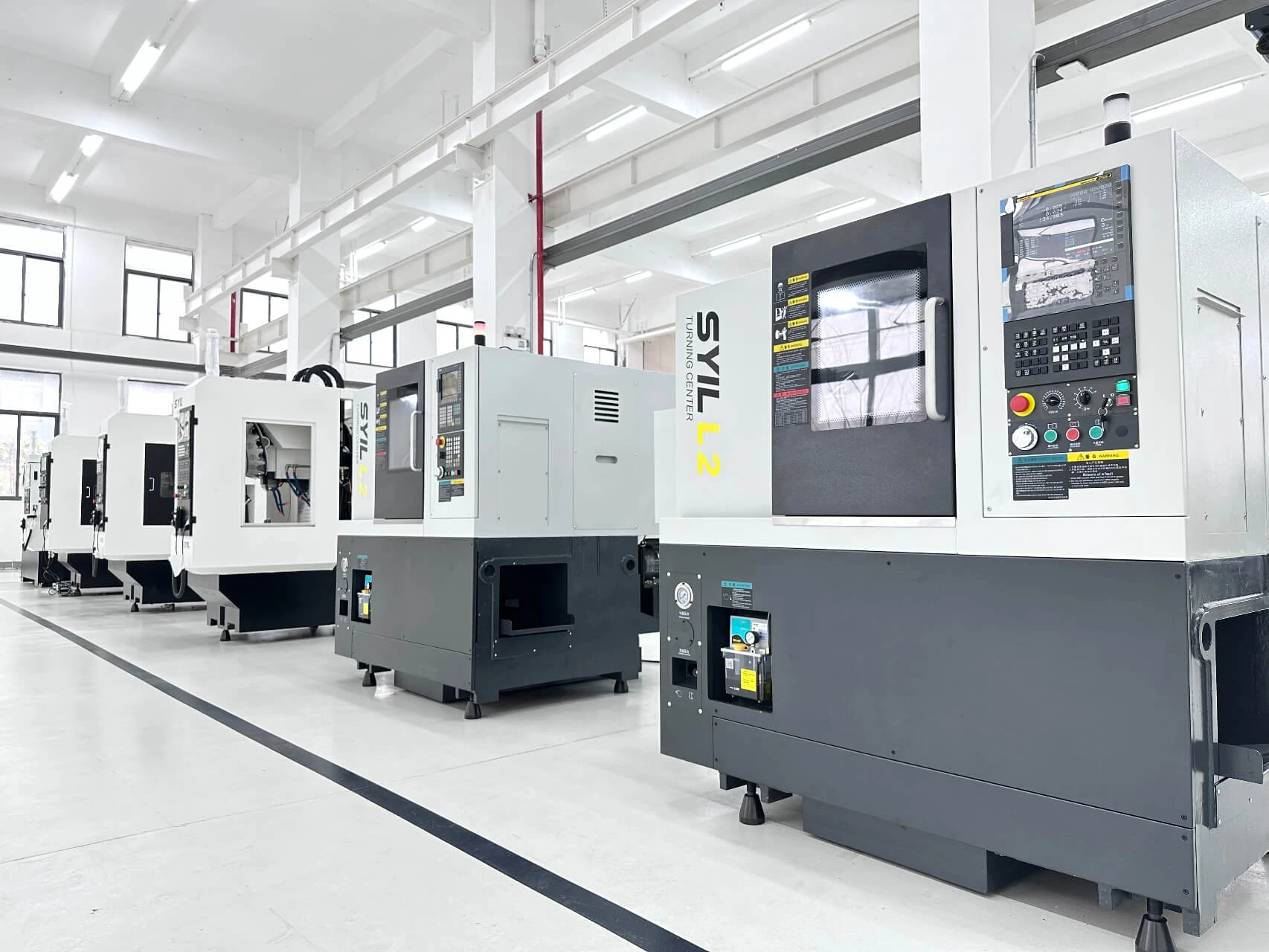
High speed machining has revolutionized the manufacturing landscape, allowing industries to achieve unprecedented levels of precision and efficiency. From automotive to aerospace, the applications of high speed milling are vast and varied. This section delves into the industries that benefit most from these advancements, provides real-world examples illustrating their impact, and explores innovations driven by high speed machining.
Industries That Benefit from High Speed Milling
Numerous industries have embraced high speed milling due to its ability to enhance productivity and reduce operational costs. The aerospace sector stands out as a significant beneficiary, where precision is paramount for components like turbine blades and structural parts. Similarly, the automotive industry leverages high speed machining speeds and feeds to produce intricate parts quickly while maintaining tight tolerances.
In addition to aerospace and automotive, the medical industry also reaps benefits from high speed milling processes for manufacturing surgical instruments and implants with exceptional accuracy. Electronics manufacturers utilize high speed machining techniques to create complex circuit boards efficiently. Overall, adopting advanced technologies in these sectors leads to improved product quality and faster time-to-market.
Real World Examples of High Speed Machining
To illustrate the effectiveness of high speed milling in action, consider a case study involving a leading aerospace manufacturer that implemented SYIL CNC machines in their production line. By utilizing high speed machining Haas equipment, they significantly reduced cycle times for critical components while enhancing surface finishes—resulting in both cost savings and improved performance metrics.
Another noteworthy example comes from an automotive supplier specializing in engine components. By transitioning to a high speed milling process, they were able to cut production time by 30%, allowing them to meet increasing market demands without sacrificing quality or precision. These real-world instances highlight how companies are harnessing the power of high-speed technology for competitive advantage.
Innovations Driven by High Speed Machining
The evolution of high-speed machining has spurred numerous innovations across various fields. For instance, advancements in tooling materials such as carbide composites have made it possible to achieve higher speeds without compromising tool life or performance—pushing the boundaries of what is possible in terms of efficiency during the high-speed milling process.
Moreover, software developments have enhanced programming capabilities for CNC machines, enabling manufacturers to optimize their processes further through simulation tools that predict outcomes before production begins. These innovations not only elevate productivity but also pave the way for smarter manufacturing practices that can adapt quickly to changing demands within different industries.
Challenges in High Speed Milling
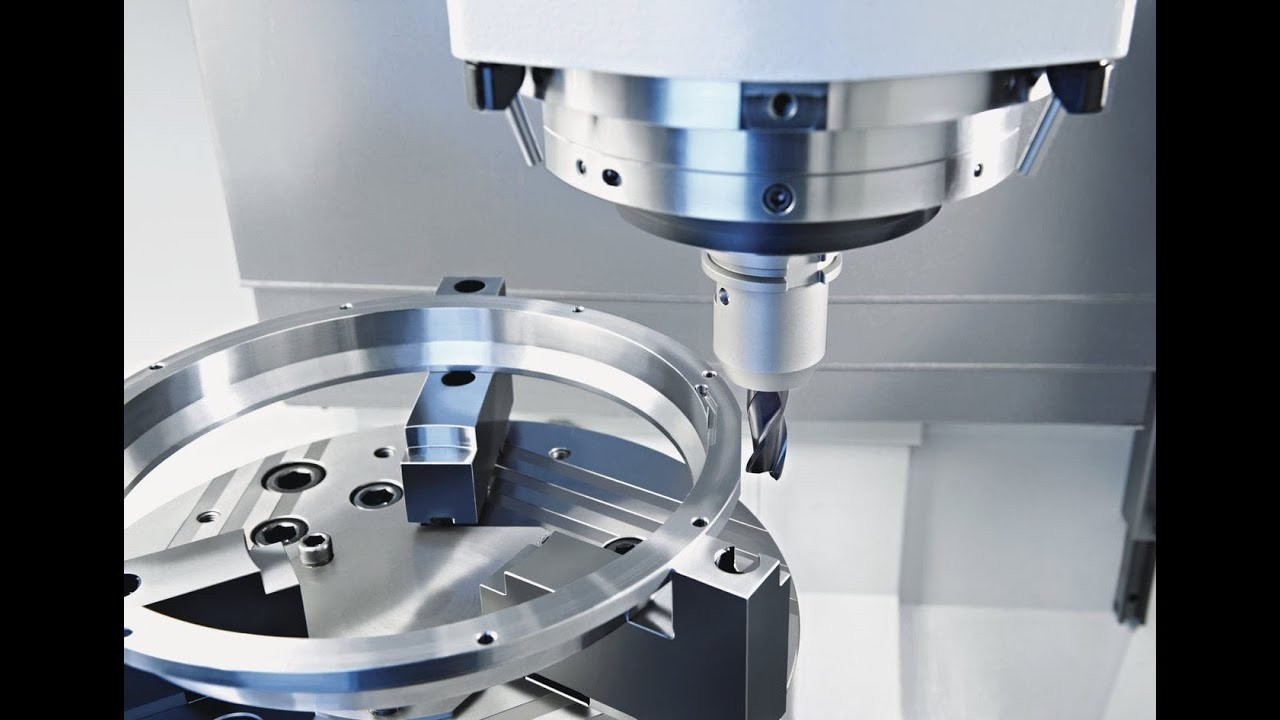
High speed milling offers a plethora of advantages, but it is not without its challenges. As manufacturers push the limits of what is possible with high speed machining, they often encounter a variety of issues that can hinder productivity and efficiency. Understanding these challenges is the first step toward optimizing the high speed milling process and ensuring successful outcomes.
Common Issues in High Speed Machining
One of the primary concerns in high speed machining is tool wear. The intense speeds and feeds associated with high speed milling can lead to rapid degradation of cutting tools, especially if they are not specifically designed for such conditions. Additionally, thermal management becomes crucial; excessive heat generated during the milling process can warp materials or damage tooling, making it essential to understand what HSS in milling means—high-speed steel tools are often used for their durability but have their limitations.
Another common issue is vibration or chatter during the milling process. This phenomenon can significantly affect surface finish quality and dimensional accuracy, leading to costly rework or scrap parts. Moreover, operators frequently grapple with determining optimal high speed machining speeds and feeds; striking the right balance between efficiency and quality requires experience and sometimes trial and error.
Strategies to Overcome Milling Challenges
To combat tool wear effectively, investing in advanced materials like carbide or ceramic inserts designed for high-speed applications can be beneficial. These materials tend to withstand higher temperatures and pressures better than traditional options, prolonging tool life significantly during high speed milling operations. Furthermore, implementing proper cooling techniques—such as through-tool coolant delivery—can help manage heat build-up while improving chip removal.
Addressing vibration issues often involves fine-tuning machine parameters like spindle speed, feed rate, and tooling setup. Utilizing vibration dampening technologies or fixtures may also help stabilize the workpiece during operation. Operators should also familiarize themselves with what is the difference between HEM (High Efficiency Milling) and HSM (High Speed Machining); understanding these distinctions allows for better selection of processes that mitigate chatter while enhancing productivity.
Future Trends in High Speed Machining
Looking ahead, one trend shaping the future of high speed machining is increased automation through smart technology integration within CNC machines like those from SYIL CNC Machines. These advancements will allow real-time monitoring of cutting conditions, enabling immediate adjustments that optimize performance during high speed milling processes without human intervention—this could revolutionize how we approach manufacturing efficiency.
Moreover, advancements in software will improve simulation capabilities before actual production begins; this means operators will have a clearer understanding of how to tackle potential challenges before they arise on the shop floor. As industries continue to explore new materials and geometries for components, understanding what are the three types of milling will become increasingly vital as manufacturers adapt their strategies accordingly.
The landscape of high-speed machining will undoubtedly evolve as innovations emerge; staying informed about these developments ensures that companies remain competitive while maximizing efficiency through techniques such as those offered by SYIL CNC machines.
Conclusion
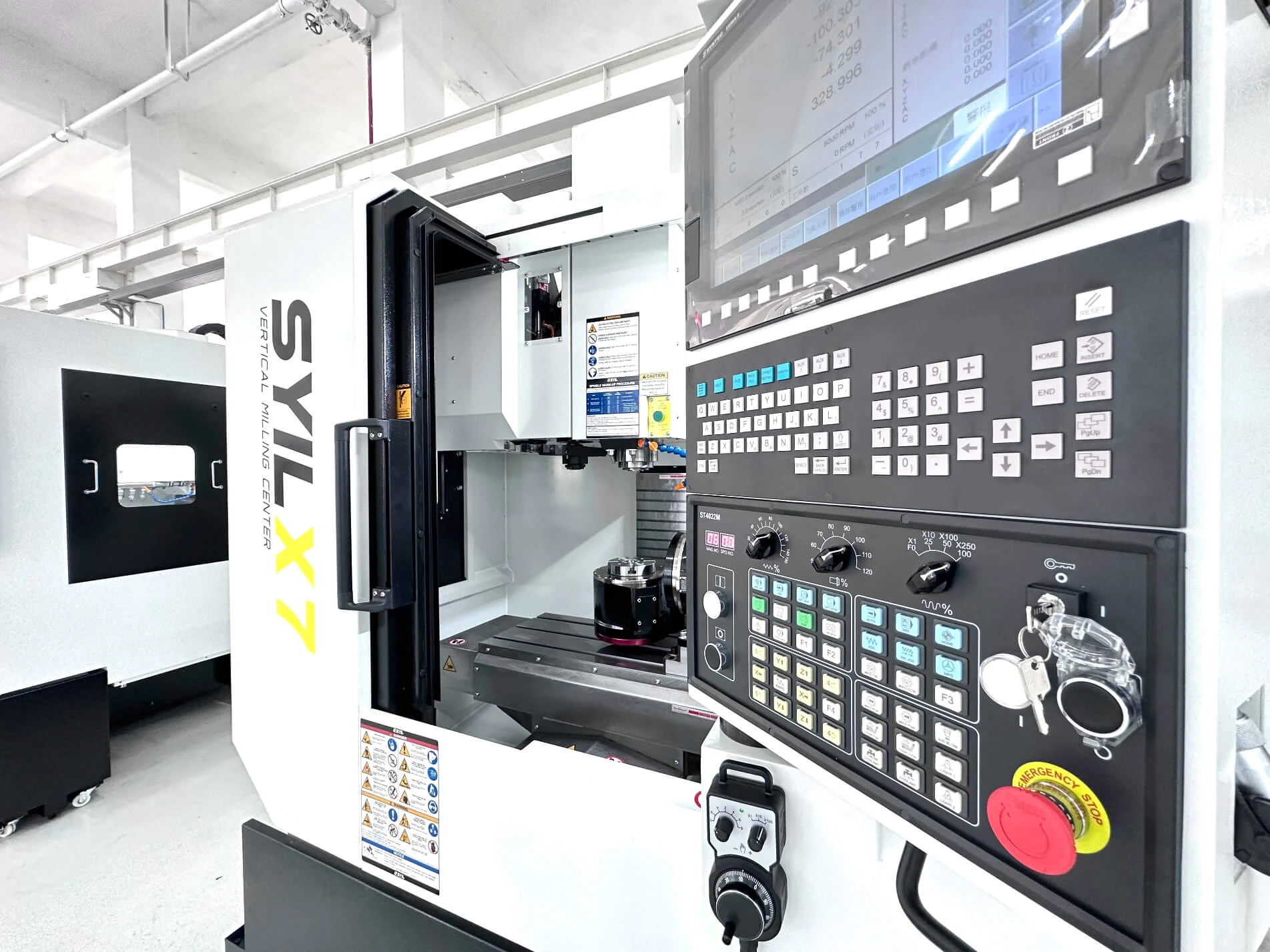
High speed milling is not just a trend; it’s the future of manufacturing. As industries evolve, the demand for precision and efficiency continues to rise, making high speed machining an essential component of modern production processes. Embracing advanced technologies in high speed milling will undoubtedly lead to enhanced performance, reduced costs, and increased competitiveness.
Exploring the Future of High Speed Milling
The future of high speed milling promises exciting advancements that will redefine manufacturing standards. Innovations in materials and cutting tools are expected to enhance the capabilities of high speed machining speeds and feeds, allowing for faster production without sacrificing quality. Additionally, as automation becomes more prevalent, integrating smart technologies with high speed milling processes will streamline operations and improve overall productivity.
Importance of Adopting Advanced Technology
Adopting advanced technology in high speed milling is crucial for staying relevant in today’s fast-paced industrial landscape. The difference between HEM (High Efficiency Milling) and HSM (High Speed Machining) lies in their objectives; while HEM focuses on maximizing material removal rates, HSM emphasizes achieving higher speeds with precision. Companies that invest in cutting-edge machines like SYIL CNC are not only optimizing their processes but also ensuring they remain at the forefront of industry innovations.
Maximizing Efficiency with SYIL CNC Machines
Maximizing efficiency with SYIL CNC machines involves understanding what is HSS (High-Speed Steel) in milling and how it complements various types of milling processes. By utilizing these advanced machines, manufacturers can effectively implement high speed machining Haas techniques that enhance productivity without compromising on accuracy or surface finish quality. Ultimately, embracing SYIL CNC technology allows businesses to navigate challenges while reaping the benefits offered by high speed machining.

